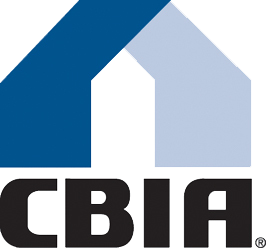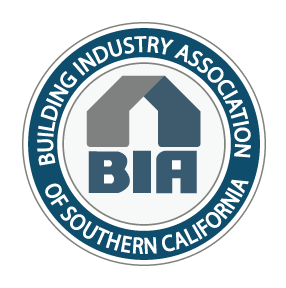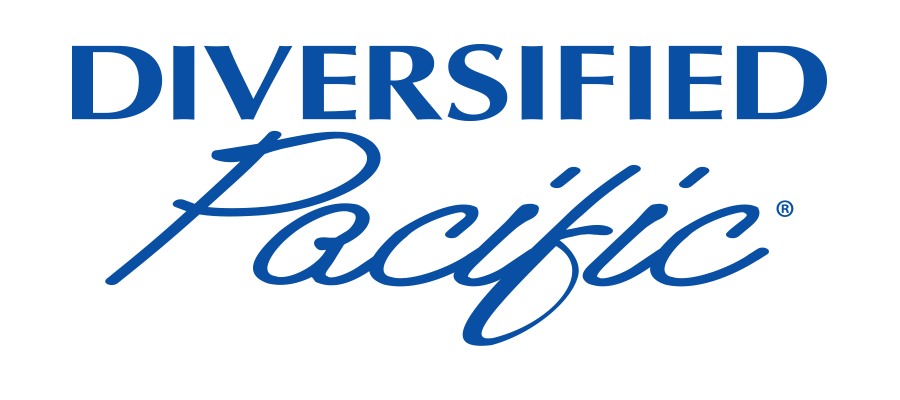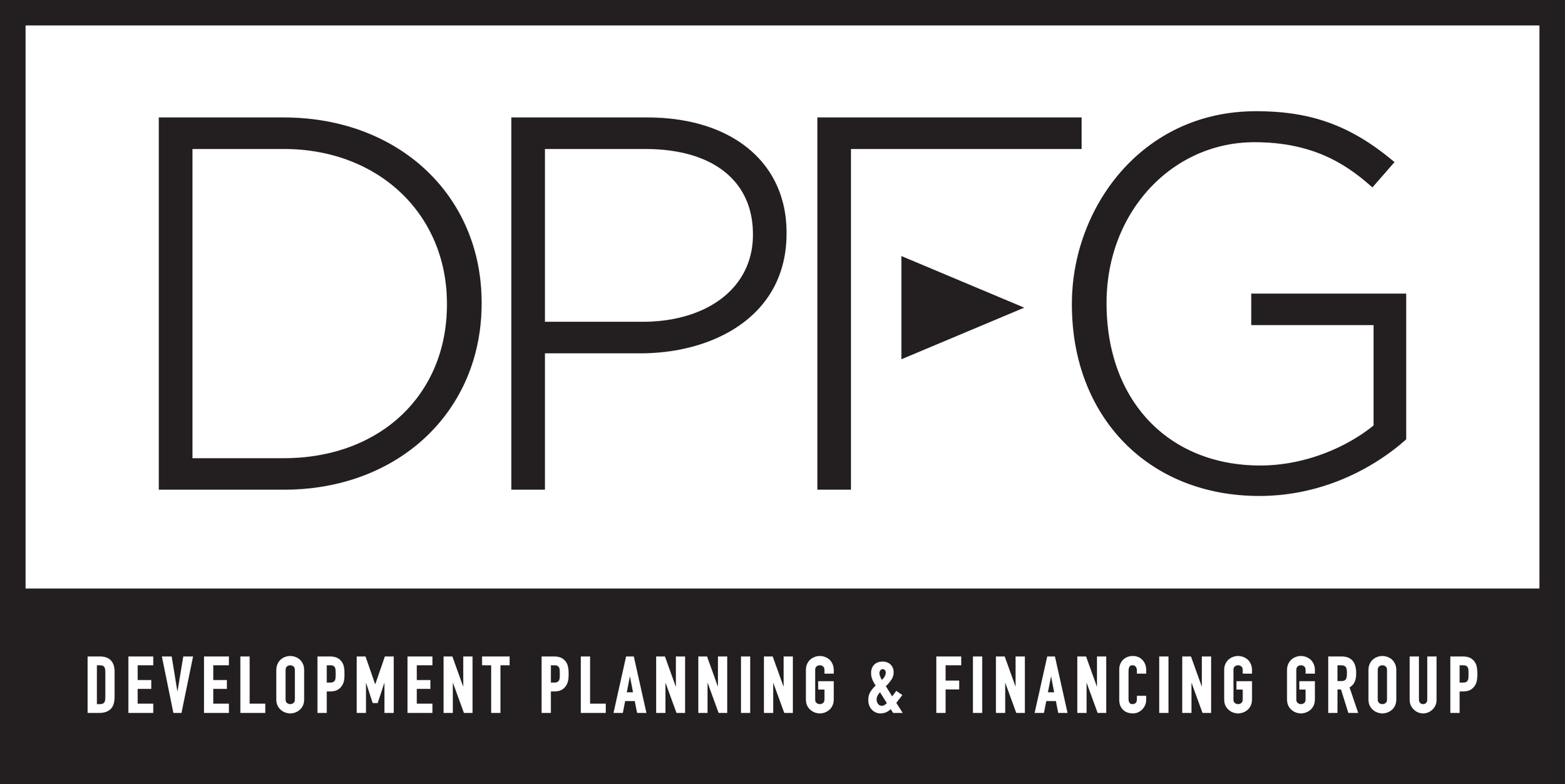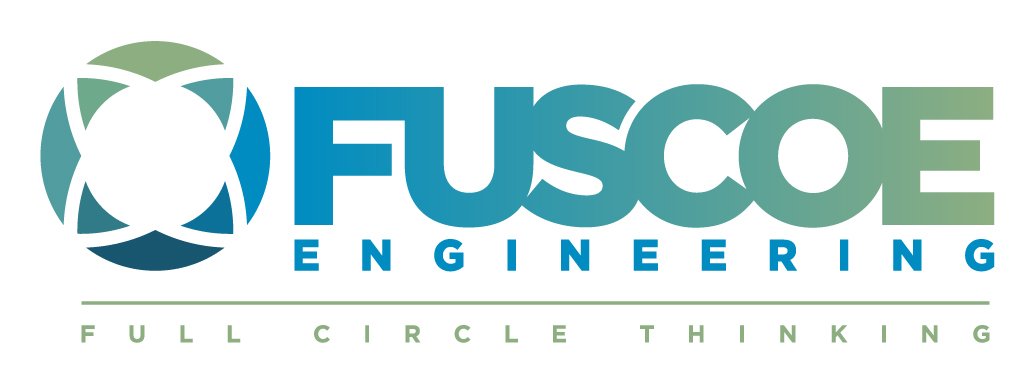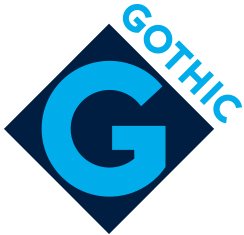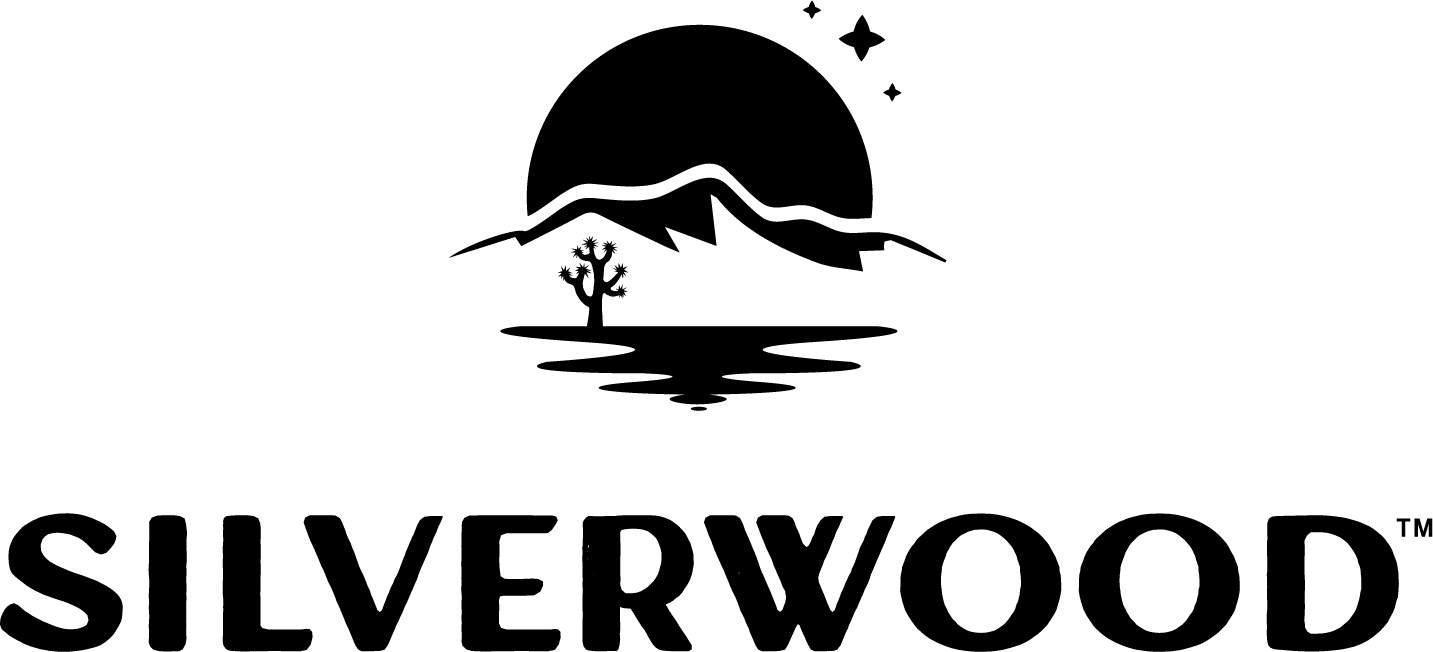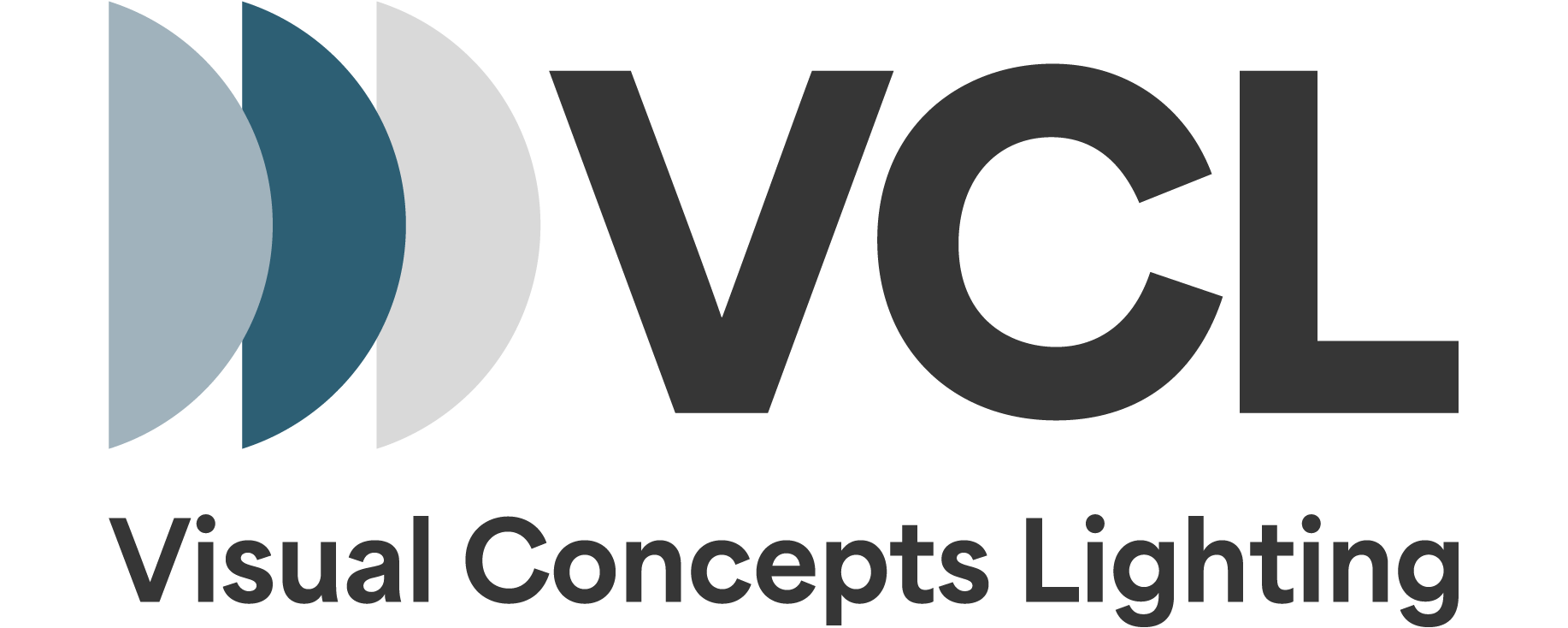Photo by Suhyeon Choi on Unsplash
by Phillip B. Burum, DR Horton,
President, Building Industry Association (BIA) Baldy View Chapter
“Seems it never rains in southern California…”
Albert Hammond It Never Rains in California 1972
Albert Hammond clearly knew not of what he spoke. If the winter of 1971 mimicked our current weather patterns, the world may never have heard of Mr. Hammond. Yet, such is life in the Baldy View Region of the Inland Empire, where Mother Nature consistently demonstrates her capriciousness. This winter, which is taking shape as a direct and proportional response to last year’s [the third driest rainfall season recorded since 1877], we are experiencing record rainfall throughout Southern California.
If our climate were evaluated in political terms, it would be known as a flip-flopper, while most psychologists would diagnose our weather patterns with Borderline Personality Disorder. Whatever your linguistic preference, our unpredictable climate explains why tremendous amounts of time and resources are put into the design and construction of new homes in the Inland Empire. Today’s new home is not only the most energy-efficient and environmentally friendly home ever built, all new homes are constructed to contend with the dramatic shifts of our often-abrasive climate.
While my hope is that everyone reading this article today will buy their first new home tomorrow, statistically speaking, it is more likely that first-time homebuyers will find their piece of the American dream via an existing home built prior to the advancements in technology that we benefit from today. In most cases, however, modernizing one’s home to increase comfort, defray energy costs, and reduce their environmental ‘footprint’ can be achieved without investing a great deal of money.
A great first step in developing your plan as an environmentalist homeowner is to inspect any place in the home that allows air in or out of the home for potential energy loss. The most common areas for lost energy are windows and doors - but a thorough inspection of the home’s interior should include; baseboards, wall and ceiling junctures, electrical outlets, switch plates and fireplace dampers. Remember, if the item being inspected is loose or if you can see daylight around the inspected area, you likely are losing energy – so they need to be re-sealed.
Because older homes may have insufficient insulation in the ceiling and walls, checking the attic will show how well your home is insulated. If you can see your floor joists, you likely need more insulation - but if you can’t see them, you may have enough.
Look for a vapor barrier (tarpaper or a plastic sheet) under the attic insulation. If your home lacks a vapor barrier, consider replacing the insulation completely or painting interior ceilings with vapor barrier paint. A quality vapor barrier, whether painted or as part of your insulation, will reduce the amount of moisture that can pass through the ceiling, further increasing the insulation’s effectiveness. During your inspection, pay close attention to openings around pipes, ductwork and chimneys. If you notice gaps, fill them in or reseal them.
While converting all a home’s lighting fixtures to LED will produce the best energy efficiency results, simply replacing any lights that are used more than two hours each day to a compact fluorescent lightbulb (CFL) will save. A CFL will typically save up to 75 percent of the energy used by a standard incandescent bulb so switch out your porch lights now and tell your neighbor to do the same.
The largest consumer of energy in a home is the HVAC (Heating, Ventilation and Air Conditioning Systems). As much as half of the energy used in a home goes to heating and cooling. This step will probably be the most important step of your energy audit, so take the time to visit the Environmental Protection Agency’s (EPA) www.energystar.gov website. Check out all the good advice it offers on conserving energy and saving costs and download their easy-to-follow A Guide to Energy Efficient Heating & Cooling as a .pdf file.
By performing a home audit and implementing a few key changes, your 20-year-old home can produce energy savings nearly comparable to homes being constructed today.
The BIA Baldy View Chapter seeks to advance the opportunity to attain the American Dream of home ownership. For additional information on how to support the YIMBY movement or the benefits of homeownership, go to www.biabuild.com on the web.
*****



